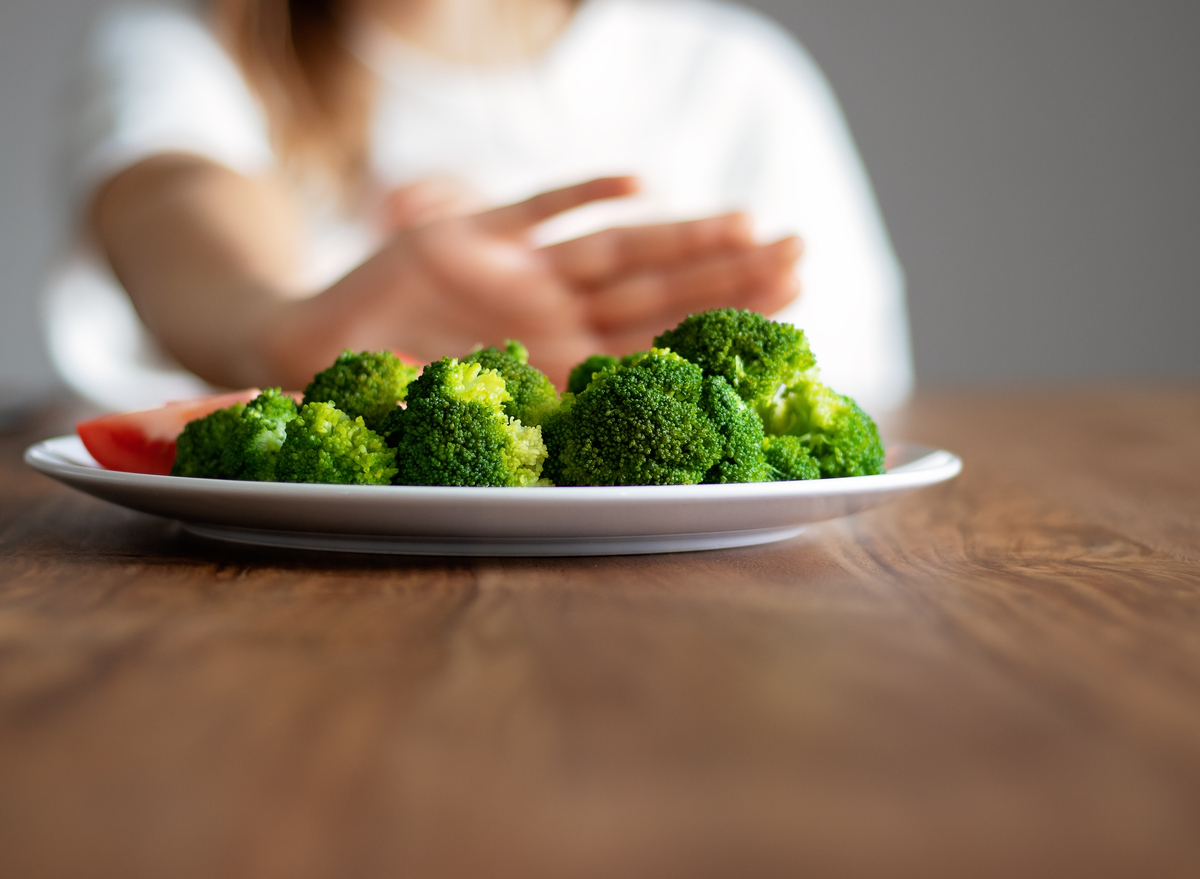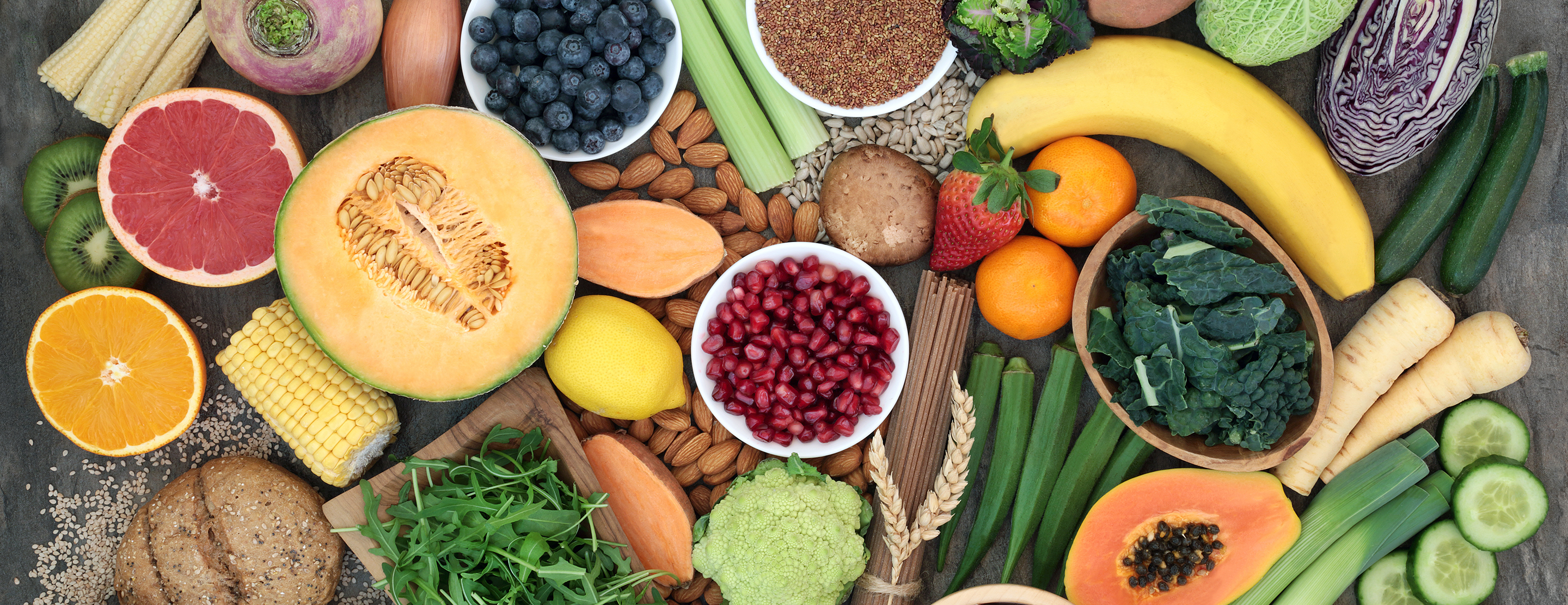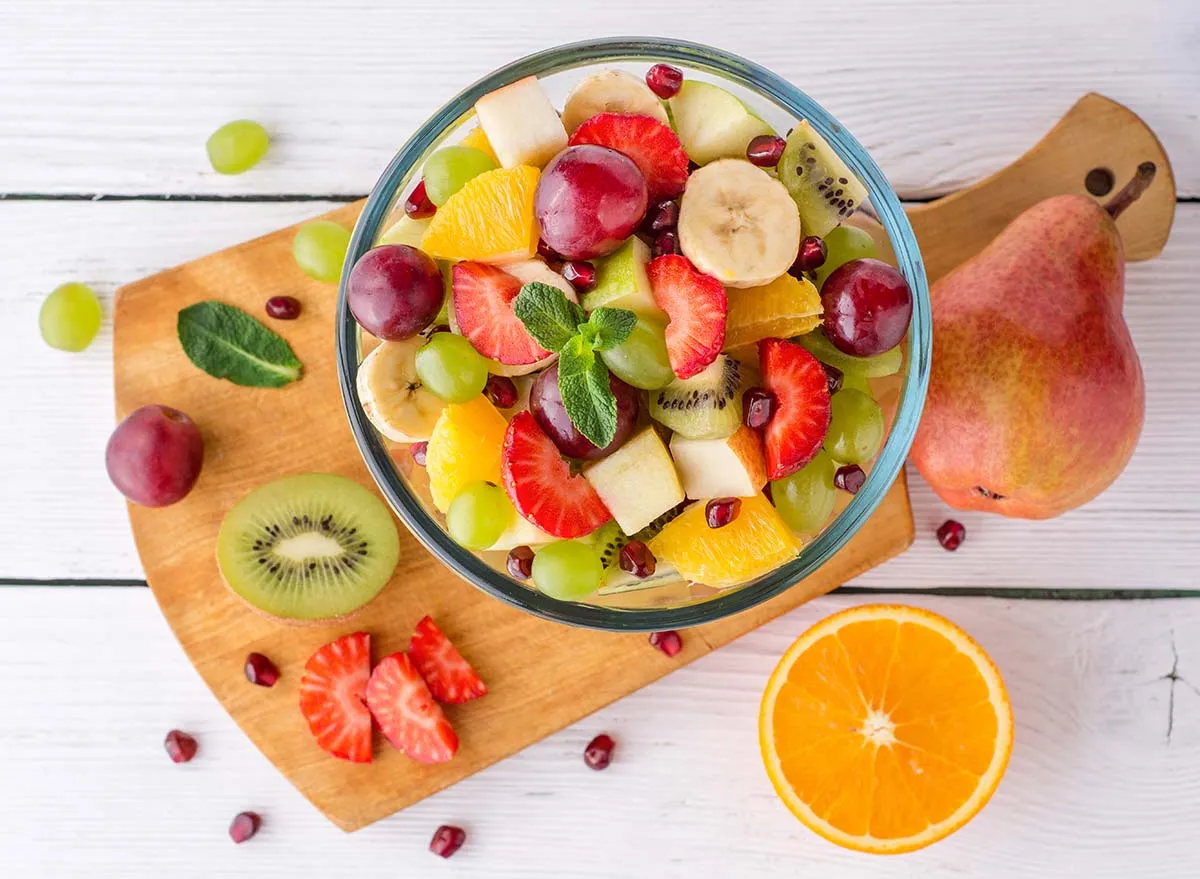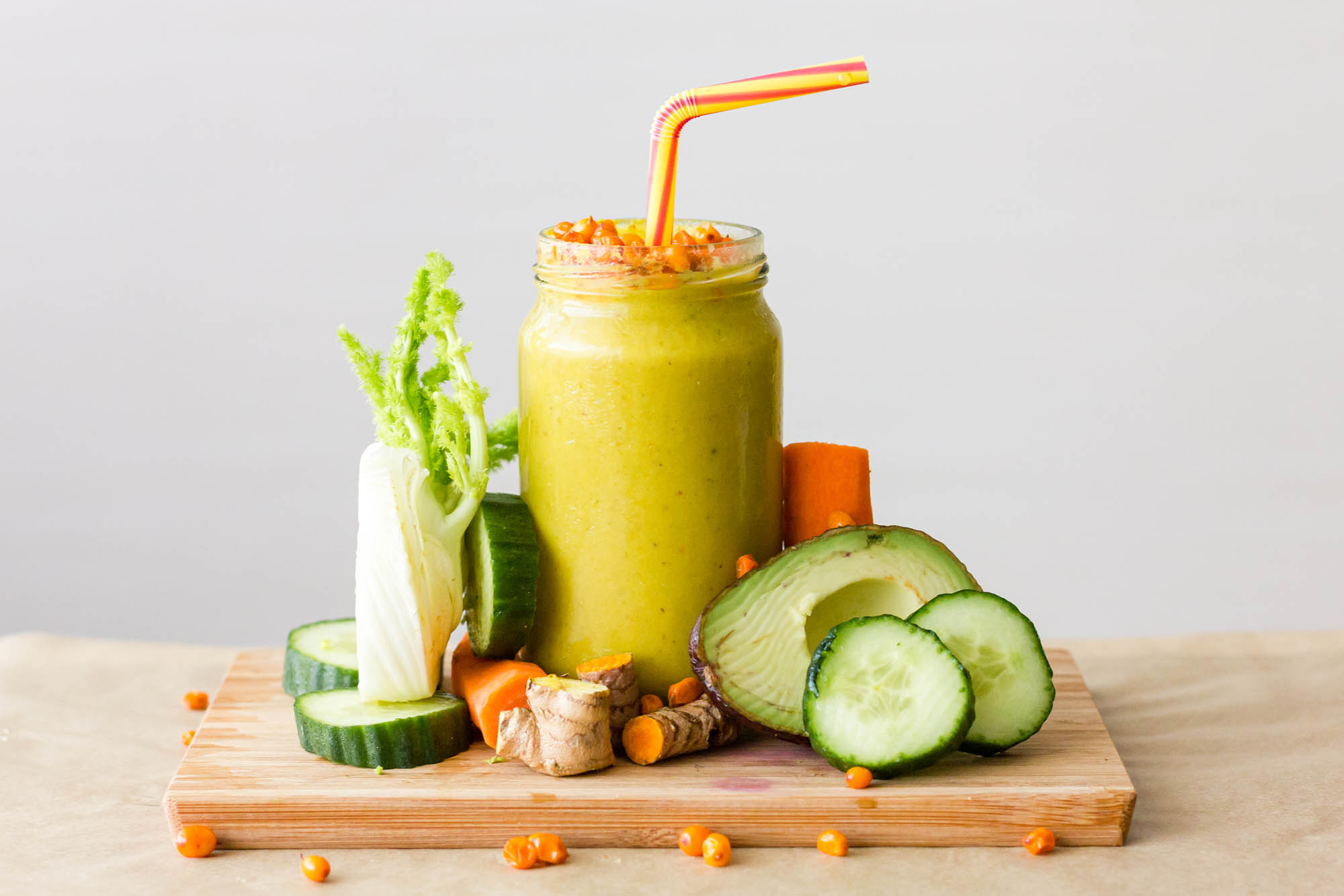Do you find yourself pushing broccoli to the edge of your plate, hoping no one notices? You’ve probably mastered hiding veggies, like slipping carrots under napkins or feeding green beans to the dog. However, high fiber foods might offer more benefits than you realize.
That visceral "ugh" reaction to vegetables isn't just you being difficult; it's a genuine aversion that millions of adults share. But here's what nutritionists don't often tell you: you're not nutritionally doomed just because traditional salads make you cringe. What if there were ways to get all those essential nutrients without the struggle? What if you could maintain excellent health without forcing yourself to eat foods you hate?
This guide will explore why so many adults genuinely can't stand vegetables and why fiber is non-negotiable for your health, and most importantly—practical, enjoyable alternatives that deliver the nutrition you need without the vegetable-eating experience you dread.
- 1. Why Many Adults Hate Vegetables (And It's Not Your Fault)
- 2. What Happens When You Skip the Fiber?
- 3. What Vegetables Are High in Fiber?
- 4. Beyond Vegetables: High Fiber Snacks You Might Actually Enjoy
- 5. Sneaky Ways to Still Get Your Nutrition (Without the Fork)
- 6. Sip Your Greens: How Future Salad Makes Fiber Intake Effortless
Why Many Adults Hate Vegetables (And It's Not Your Fault)

About 25% of adults are "supertasters," who experience bitter flavors in vegetables more intensely than others. That visceral reaction you have to vegetables isn't just you being picky—it's often rooted in legitimate physiological and psychological factors. Understanding why you dislike vegetables can be the first step toward finding solutions that work for your unique preferences.
- You're Biologically Picky: According to a study on taste sensitivity, some people inherit a specific gene—TAS2R38—that makes them more sensitive to bitter compounds commonly found in vegetables like broccoli, brussels sprouts, and kale. If veggies taste overwhelmingly bitter to you, it’s not just in your head, your taste buds might actually be working overtime due to this genetic trait.
- You Might Have Food Aversions: This isn’t just about picky eating; food aversion is a full-body reaction, where the sight, smell, or even the thought of certain vegetables can cause anxiety, discomfort, or even nausea. It’s not just the taste or texture, it’s the entire experience of the food itself that feels overwhelming.
- Childhood Veggie Trauma: Whether you were forced to "clean your plate" or raised in a home where veggies were bland and overcooked, these early experiences can create lasting negative associations, shaping your food preferences well into adulthood.
- You Lacked Early Food Training: Studies show that it can take up to 15–20 exposures to a new food before acceptance occurs—a technique often used with young children to help them become more comfortable with unfamiliar tastes and textures. But many adults never experienced this kind of gradual exposure with vegetables growing up, which means their avoidance may have simply stuck around unchecked.
You might realize that you have a unique distaste for veggies for a reason. While most experts would recommend vegetables for their overall nutritional value, one thing they especially deliver is dietary fiber. Even though vegetables aren’t your favorite, it’s important not to overlook your fiber intake. Skimping on fiber can lead to some unpleasant and potentially serious health consequences.
What Happens When You Skip the Fiber?

When your diet lacks adequate dietary fiber, your body sends clear signals that something's amiss. Understanding these warning signs can provide powerful motivation to find fiber sources that work for you—even if traditional vegetables aren't on the menu. A fiber-deficient diet doesn't just affect your bathroom routine; it can impact your overall health in several ways:
- Digestive Issues: Constipation, bloating, and sluggish digestion are the most immediate and uncomfortable consequences of insufficient fiber. High fiber foods play a crucial role in bulking stool, enhancing regularity, and promoting smoother digestion.
- Unstable Energy Levels: Without fiber to slow digestion, you might experience more dramatic blood sugar fluctuations, leading to energy crashes and increased hunger.
- Increased Disease Risk: Long-term fiber deficiency has been linked to higher risks of colorectal cancer, heart disease, type 2 diabetes, and obesity.
- Nutrient gaps: Many fiber-rich foods contain other essential vitamins and minerals. Avoiding these foods can lead to additional nutrient deficiencies beyond just fiber.
🔎 Surprising Fact: A study published by the National Library of Medicine found that for every 7 grams of fiber consumed daily, your risk of heart disease decreases by about 9%. That’s powerful protection you don’t want to miss out on! The good news is that you don't have to force-feed yourself to fill those nutritional gaps. There are plenty of vegetables that might be more appetizing than the ones you’ve been avoiding. If those still don’t appeal, there are plenty of sneaky alternatives up our sleeve.
What Vegetables Are High in Fiber?

These fiber-rich vegetables generally fall into a few categories, and some can fit your specific taste preferences. Mayo Clinic offers a detailed chart to help guide your choices of high-fiber vegetables. Below, we’ve listed 12 of the best high-fiber vegetables to consider adding to your diet.
Leafy Greens
- Collard greens (5.6g fiber per cooked cup)
- Spinach (4.3g fiber per cooked cup)
- Kale (2.6g fiber per cup)
Root Vegetables
- Sweet potatoes (6.6g fiber per medium potato)
- Beets (3.8g fiber per cup)
- Carrots (3.6g fiber per cup)
Cruciferous Vegetables
- Brussels sprouts (4.1g fiber per cup)
- Broccoli (2.4g fiber per cup)
- Cauliflower (2.1g fiber per cup)
Legumes
(technically not vegetables, but often grouped with them)
- Lentils (15.6g fiber per cup)
- Black beans (15g fiber per cup)
- Chickpeas (12.5g fiber per cup)
If none of these vegetables appeal to you in their natural state, don't worry, we will look into other crafty ways to incorporate fiber into your diet. Thankfully, there are more suitable alternatives to try without doing the traditional way of consuming them.
Beyond Vegetables: High Fiber Snacks You Might Actually Enjoy

Vegetables aren't the only path to fiber glory. In fact, some fiber-rich foods are more palatable for those who aren't fond of vegetables. Here are some high-fiber snacks you can try. These fiber-rich alternatives can be just as effective (and sometimes more so) than traditional vegetables.
High Fiber Fruits
- Avocados (10g fiber per cup)
- Raspberries (8g fiber per cup)
- Pears (5.5g fiber per medium fruit with skin)
- Apples (4.4g fiber per medium fruit with skin)
Nuts and Whole Grains
- Chia seeds (10g fiber per ounce)
- Flaxseeds (7.6g fiber per ounce)
- Almonds (3.5g fiber per ounce)
- Oatmeal (4g fiber per cup cooked)
- Quinoa (5.2g fiber per cup cooked)
High Fiber Snacks Quick Recipes:
- Chia Pudding – Made with chia seeds and almond milk (or any milk of choice), this snack is packed with fiber and easy to customize with fruits or nuts.
- Oats Energy Balls – Made from oats, peanut butter, and honey, these energy balls are quick to prepare and filled with fiber. You can also add flaxseeds or chia seeds for extra fiber.
- Whole Grain Crackers with Hummus – Whole grain crackers are fiber-packed, and hummus adds a little protein and healthy fat.
✨ Tasty Tip: For a sweet and decadent snack, dark chocolate with a high cacao percentage (70% or more). It has 3g of fiber per ounce, offering a tasty way to boost fiber while enjoying chocolate.
Sneaky Ways to Still Get Your Nutrition (Without the Fork)

If the thought of chomping through a plate of vegetables makes you shudder, it's time to get creative. With creativity, you can improve nutrition without enduring the textures and tastes of veggies you dislike. The key is to transform vegetables beyond recognition or find alternatives that provide similar benefits:
Hack #1: Blend them into oblivion:
A high-powered blender can turn vegetables into undetectable additions to smoothies, sauces, and soups. A handful of spinach disappears completely in a berry smoothie, and you'll never taste it.
Hack #2: Bake them into favorites
Shredded zucchini and carrots are a great addition to baked goods like muffins, breads, cakes, and even brownies. They practically vanish in the mixture, making them hard to notice. At the same time, they provide extra moisture and valuable nutrients, enhancing the texture and nutritional value of your treats.
Hack #3: Puree them into sauces
Cauliflower can be steamed and pureed into a creamy pasta sauce, adding richness. Roasted red peppers blend perfectly into tomato sauce for pizza or pasta, enhancing flavor.
Hack #4: Roast For Sweetness
Cauliflower can be steamed and pureed into a creamy pasta sauce, adding richness. Roasted red peppers blend perfectly into tomato sauce for pizza or pasta, enhancing flavor.
Try roasting vegetables like carrots, sweet potatoes, or Brussels sprouts at high heat (425°F). Use olive oil and salt until they caramelize. The roasting process transforms their flavor by bringing out natural sweetness that many vegetable-haters find much more palatable.
Hack #5: Drink your veggies
This is where salad drink mixes come in. Products like Future Salad offer concentrated vegetable nutrition in a drinkable form, eliminating texture issues completely.
Traditionally, salads were the "go-to" way to get your greens, but today, there are far more convenient and creative ways to include vegetables in your diet. The beauty of these approaches is that they let you enjoy the nutritional benefits of vegetables without choking them down because you feel you have no other option. Times have changed, and people are becoming increasingly creative with technology and new recipes, making it simpler than ever to get your nutrition without the struggle.
Sip Your Greens: How Future Salad Makes Fiber Intake Effortless

For many vegetable-avoiders, there is another revolutionary approach to nutrition. Future Salad offers a convenient way to deliver the benefits of vegetables without the texture issues that often cause discomfort. Using a freeze-drying method that preserves up to 98% of the original nutrients, this innovative solution makes it hassle-free to get your greens—without the overpowering taste typical of raw vegetables.
-
Easier Way To Take Your Veggies: With Future Salad Detox Drink Mix, getting your daily greens has never been this easy. Just mix it with water and drink it effortlessly. It comes in refreshing apple and guava flavors, so it doesn’t taste too earthy or “vegg-y” at all. Perfect for busy days when cooking a full meal isn’t an option.
-
5 Bowls of Salad in One Pack: Think about how much time, effort, and chewing it takes to eat one full bowl of salad. Now imagine all the nutrition in just one quick drink. With Future Salad Detox Drink Mix, you get the equivalent of five bowls of fresh, fiber-rich veggies in a single, convenient serving, no chopping, prepping, or cleanup required.
-
A Sweet Blend of Fruits and Veggies: This isn’t just leafy greens—Future Salad Detox Drink Mix is powered by superfoods like moringa leaves, spinach, and spirulina, plus tasty fruits like green apple, lemon, and guava. That’s 12 powerful ingredients blended into one refreshing drink.
-
Packed With 30+ Essential Nutrients: You're not just getting fiber—you're getting over 30 essential vitamins and minerals that your body actually needs. Each serving of Future Salad Detox Drink Mix delivers a powerful blend of Vitamin B, C, and K, along with zinc, potassium, iron, protein, and more.
- Gentle on Your Gut, Powerful for Your Health: Say goodbye to bloating, constipation, and sluggish digestion. This fiber-rich, nutrient-dense blend is gentle on your gut while promoting better digestion, regular bowel movements, and sustained energy throughout the day.
There are often deeper reasons behind a distaste for vegetables. Your relationship with food should empower you, not make you feel guilty. Embrace a more understanding approach to nutrition, with hacks and techniques that work for you.
By discovering fiber-rich foods you genuinely enjoy and exploring convenient solutions like Future Salad, you can build a sustainable, stress-free approach to easier meals but better nutrition.
Yes, even if you can’t stand veggies, it’s not the end of the world or your health.
Open your mind with modern alternatives; you’re more than capable of fueling your body without the daily struggle. Ready to ditch the struggle?
Reinvent your salad now!✨

